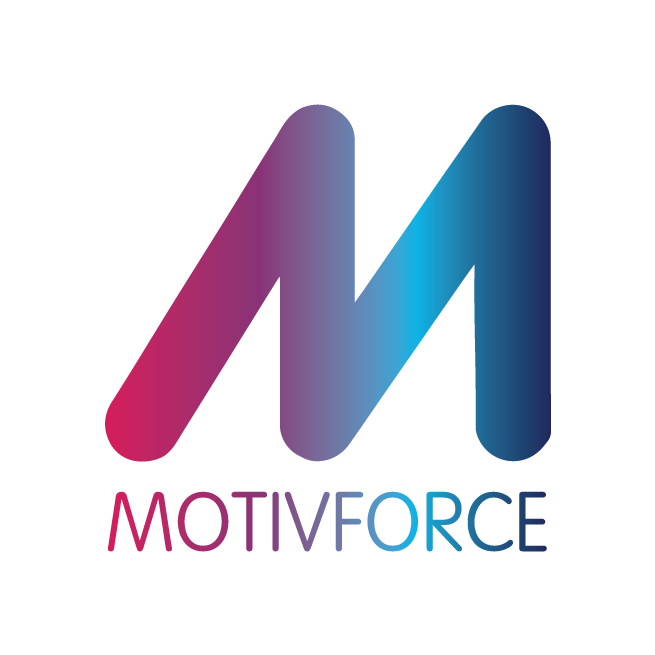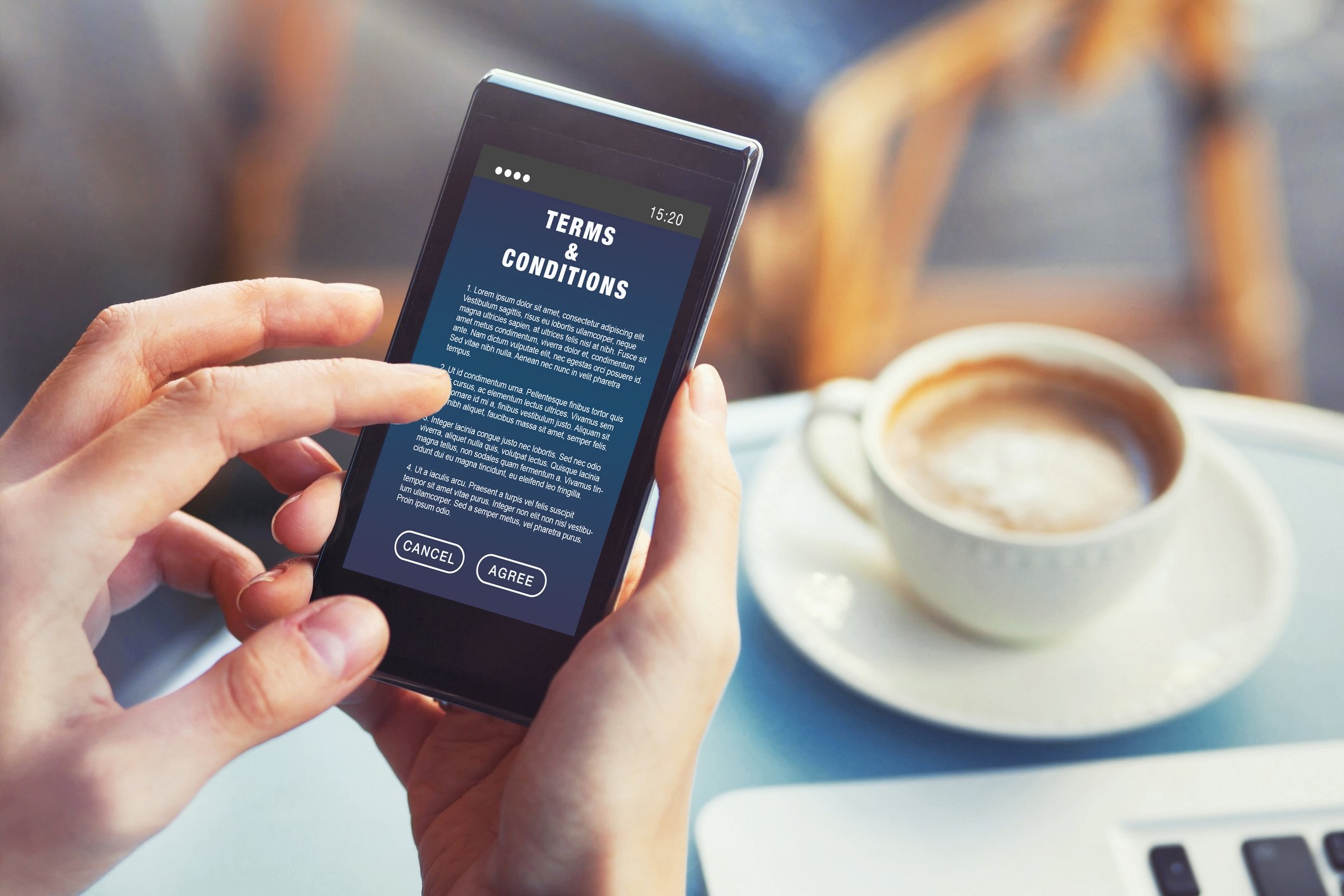How enablement drives loyalty
How enablement drives loyalty
By Dr David Cox
I presented a seminar back in 1999 at the Australasian Incentive Association entitled the “paperless incentive” – a controversial topic back then that predicted the rise of the internet and all of its digital properties would replace mailed account statements, printed catalogues, telephone hotline numbers and call centres traditionally used to run loyalty programs. Whilst many of these predictions have indeed turned into reality, the one area that I did not foresee was how the rise of the internet would impact on enablement, which in turn would drive the success of B2B loyalty programs.
The term ‘enablement’ refers to skills development, knowledge accumulation and learning. The rise of the internet has had a positive influence on enablement as it has facilitated cost effective and efficient delivery of self-paced quick learn modules and games, deep dive roadmaps, mastery tests and industry certifications, all of which loyalty program participants can access online. Indeed 90% of all channel programs that we operate have an online enablement component such as rewarding for successfully completing education tasks and linking skills levels to program tiers for additional hard and soft benefits.
Top 3 benefits of enablement
Our research has also shown greater loyalty (measured by sales and other valued added behaviours) amongst program participants who are active in enablement tasks, compared to those who are not. In looking at correlations between those participants who have undertaken enablement tasks, versus those who have not, we have observed the following three traits:
1. Sales Efficacy – the link between sales and learning has long been established in academic studies and industry case studies. Indeed our own research has found that those program participants that have attained higher skills levels, greater product and industry knowledge through enablement activities in the channel loyalty program, as a weighted average, always outperform those who do not (there is always the sales maverick who contradicts these findings but loyalty programs are designed to motivate and reward the majority - not the minority).
2. Brand ambassador – our research results also reveal that participants engaging in enablement tasks display higher brand ambassador characteristics such as compliance (selling the right products to the right target market following the steps to the sale); they display higher levels of customer service, are earlier adopters of new products; and are active on social media promoting the company’s products and values. These soft traits are key drivers of channel program loyalty and we witness a deeper relationship with the sponsoring company as opposed to transactional relationship.
3. Program Equity – understandably program participants who complete enablement tasks are also shown to be active across numerous program activities, further driving the ROI of the program. In effect, giving program participants more opportunity to engage with the company, leads to increased activity in other areas such as supporting campaigns and promotions, recruiting fellow participants, contributing to program chat forums and completing client testimonials.
Back in 1999, the internet presented a threat to traditional loyalty program methods. In 2017, it’s the opposite. Progress means embracing digital change. The rapid rise of the worldwide web, has given us a whole new way of driving channel partner loyalty via enablement.











